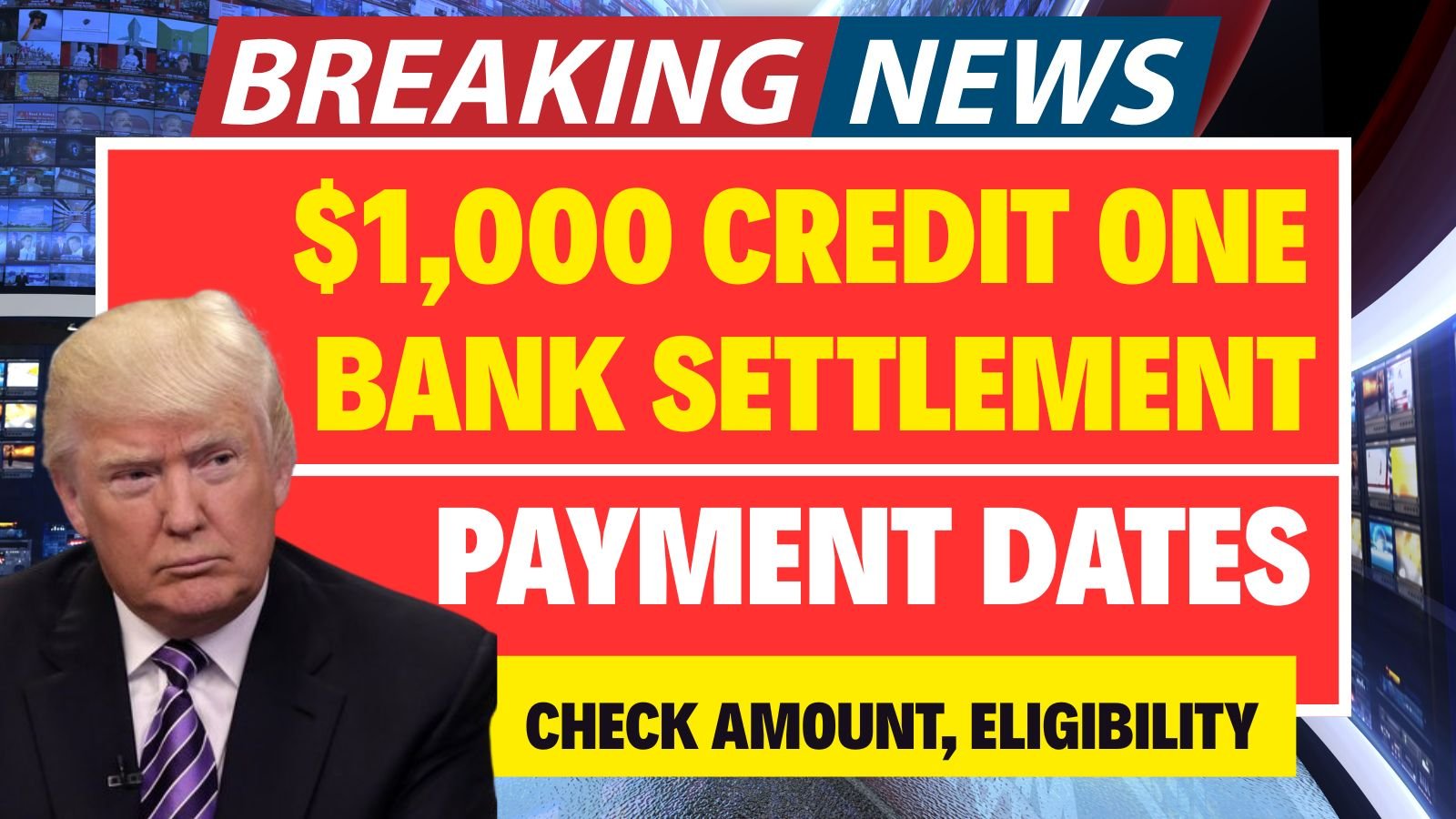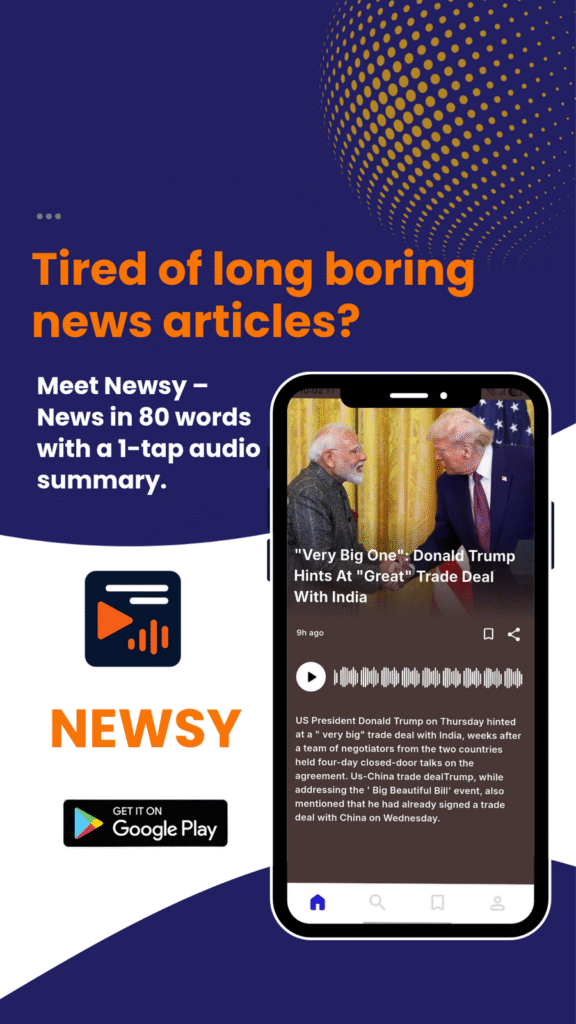In today’s world, where consumers are more aware than ever about their privacy and rights, there’s a renewed focus on how large financial institutions communicate with people. One recent example that’s been making headlines is the $1,000 Credit One Bank Settlement — an important class action agreement that shows how everyday people can stand up to big companies and win.
This settlement is not just about money; it’s about the power of consumer protection laws, the importance of consent, and the message that no institution is too big to be held accountable for violating the rules. If you’ve ever received an unwanted robocall or a pre-recorded message from Credit One Bank between 2014 and 2019, you could be eligible for a payout under this $1,000 Credit One Bank Settlement — and you should know exactly how it works.
Let’s break down the whole story, understand the background of the lawsuit, see who qualifies for the $1,000 Credit One Bank Settlement, and learn how you can claim your share if you’re eligible.
The Roots of the $1,000 Credit One Bank Settlement
The $1,000 Credit One Bank Settlement all began when thousands of consumers started receiving unwanted, repeated calls and pre-recorded messages from Credit One Bank. These calls were usually reminders about payments or promotional messages — but here’s the catch: many people who received them were never even customers of Credit One Bank in the first place.
These weren’t simple one-off calls, either. For years — from 2014 to 2019 — people reported getting multiple robocalls or voicemail messages from Credit One Bank and its associated agencies. Many of those who did have an account asked the bank to stop the calls. But the calls didn’t stop.
This persistent intrusion violated the Telephone Consumer Protection Act (TCPA), a US law that clearly restricts businesses from making automated calls or sending pre-recorded messages without the recipient’s prior consent. So when consumers saw that their repeated “Do not call” requests were ignored, they fought back — taking Credit One Bank to court in a massive class action lawsuit that led to the $1,000 Credit One Bank Settlement we see today.
What Exactly Did Credit One Bank Do Wrong?
At the center of the $1,000 Credit One Bank Settlement is the TCPA, which gives consumers strong protection against unsolicited telemarketing and robocalls. Under the TCPA, companies must get clear permission before making automated or pre-recorded calls to any consumer.
The lawsuit alleged that Credit One Bank broke this rule by repeatedly making calls without consent. Even worse, some people had no connection to the bank but still found themselves on the call list. When people asked to be removed, Credit One allegedly kept calling — a clear violation of federal law.
Despite the seriousness of these allegations, it’s important to note that in agreeing to the $1,000 Credit One Bank Settlement, the bank did not formally admit guilt. Instead, Credit One chose to settle to avoid a long, costly legal battle and additional damage to its reputation. This is often how large class action lawsuits end: companies agree to pay, consumers get some relief, and everyone moves forward.
Who Can Benefit from the $1,000 Credit One Bank Settlement?
The biggest question on people’s minds is: Am I eligible for the $1,000 Credit One Bank Settlement?
Here’s the good news — you don’t have to have been a customer to qualify. If you fit these conditions, you’re likely eligible:
- You received an automated robocall or pre-recorded voice message from Credit One Bank or any of its affiliates between 2014 and 2019.
- You never gave Credit One Bank permission to call you using an automated system or pre-recorded message.
- You own or owned the phone number that received these calls.
You don’t need to dig up old phone records to prove you got the calls, but if you do have call logs, voicemails, or other proof, they can strengthen your claim. Settlement administrators will also cross-check claims with Credit One’s own call records to confirm who should get paid under the $1,000 Credit One Bank Settlement.
How Much Can You Actually Receive?
The total value of the $1,000 Credit One Bank Settlement is $14 million. That’s a significant amount — but keep in mind that legal fees and administrative expenses are deducted before any money goes to eligible claimants. After these costs are covered, around $8 to $9 million will likely be available to distribute to everyone who files a valid claim.
So, what does that mean for you? The final payout depends on how many people submit claims. If the number of claimants is relatively small, each eligible person could receive up to $1,000. However, if hundreds of thousands of people file claims, that figure may drop to $100–$300 per person.
Even so, the $1,000 Credit One Bank Settlement sends a strong signal that companies cannot disregard people’s privacy and expect no consequences.
How Do You File a Claim? A Step-by-Step Guide
The process to file your claim under the $1,000 Credit One Bank Settlement is simple and can be done without an attorney. But first, the court needs to give final approval for the settlement to move forward.
Once approved, an official settlement website will be launched. Eligible people will receive a notice via email or regular mail if their information appears in Credit One Bank’s call records. Here’s how you can file your claim:
- Visit the official $1,000 Credit One Bank Settlement website (the link will be shared when the settlement gets court approval).
- Fill in your personal details — name, address, phone number — exactly as requested.
- If you have supporting evidence like call logs or voicemails, upload them. If not, you can submit a signed declaration that you did, in fact, receive these calls.
- Select how you want to receive your money — by check, PayPal, or direct deposit to your bank.
- Submit the claim before the stated deadline. Typically, claim periods last 60 to 90 days, but don’t wait until the last minute.
When Will You Receive Your Payment?
Once the claim period ends, the settlement administrators will review each submission for eligibility. This review stage generally takes about three to five months. After that, payments will begin — usually within six to nine months of the final approval date.
Keep in mind, you should only trust information from the official settlement website or direct communications from the settlement administrator. This process is free. If anyone contacts you asking for money to “speed up” your payment, it’s almost certainly a scam.
Why This $1,000 Credit One Bank Settlement Is So Important
This $1,000 Credit One Bank Settlement is about more than just the money. It proves that consumer protection laws like the TCPA are powerful tools for ordinary people. When companies disregard the law and your privacy, you have the right to push back — and win.
This case also highlights a larger pattern of consumer frustration with some large banks and financial companies. Credit One Bank has previously faced criticism for hidden fees, unclear billing, and poor customer service. This settlement is another reminder that transparency and respect for customers should be non-negotiable.
What Can Consumers Learn from This?
If you’ve ever felt powerless against unwanted robocalls or endless spam messages, the $1,000 Credit One Bank Settlement shows you’re not alone. Legal safeguards are there for a reason — and companies must comply with them.
This case also serves as a warning for other companies: violating consumer privacy and ignoring the law can cost millions and damage trust. For consumers, it’s a sign to always stand up for your rights, keep records, and never hesitate to join class action lawsuits when you’ve been wronged.
Final Thoughts: Take Action and Protect Your Rights
If you think you might be eligible for the $1,000 Credit One Bank Settlement, don’t ignore it. When the official website is live, check your eligibility, submit your claim, and choose how you’d like to receive your payment.
More importantly, let this be a reminder that your privacy and consent matter — not just in banking, but with any company you interact with. When you stand up for your rights, real change happens.
FAQs
Q. Who qualifies for the $1,000 Credit One Bank Settlement?
Anyone in the US who received unwanted automated calls or pre-recorded messages from Credit One Bank or its affiliates between 2014 and 2019 without giving prior consent.
Q. How much money will I receive?
The amount varies depending on how many people file valid claims, but eligible claimants may receive up to $1,000 each.
Q. Do I need to have call records?
No, but having them can strengthen your claim. Settlement administrators will also check Credit One’s own records.
Q. How do I file my claim?
An official website will be launched once the court approves the settlement. There, you’ll submit your details and choose your payment method.
Q. When will I get paid?
Payments typically begin six to nine months after the final court approval and claim review process.
Some Important Link
| Download News APP | Click Here |
| WhatsApp Group | Click Here |
| Home Page | Click Here |
















